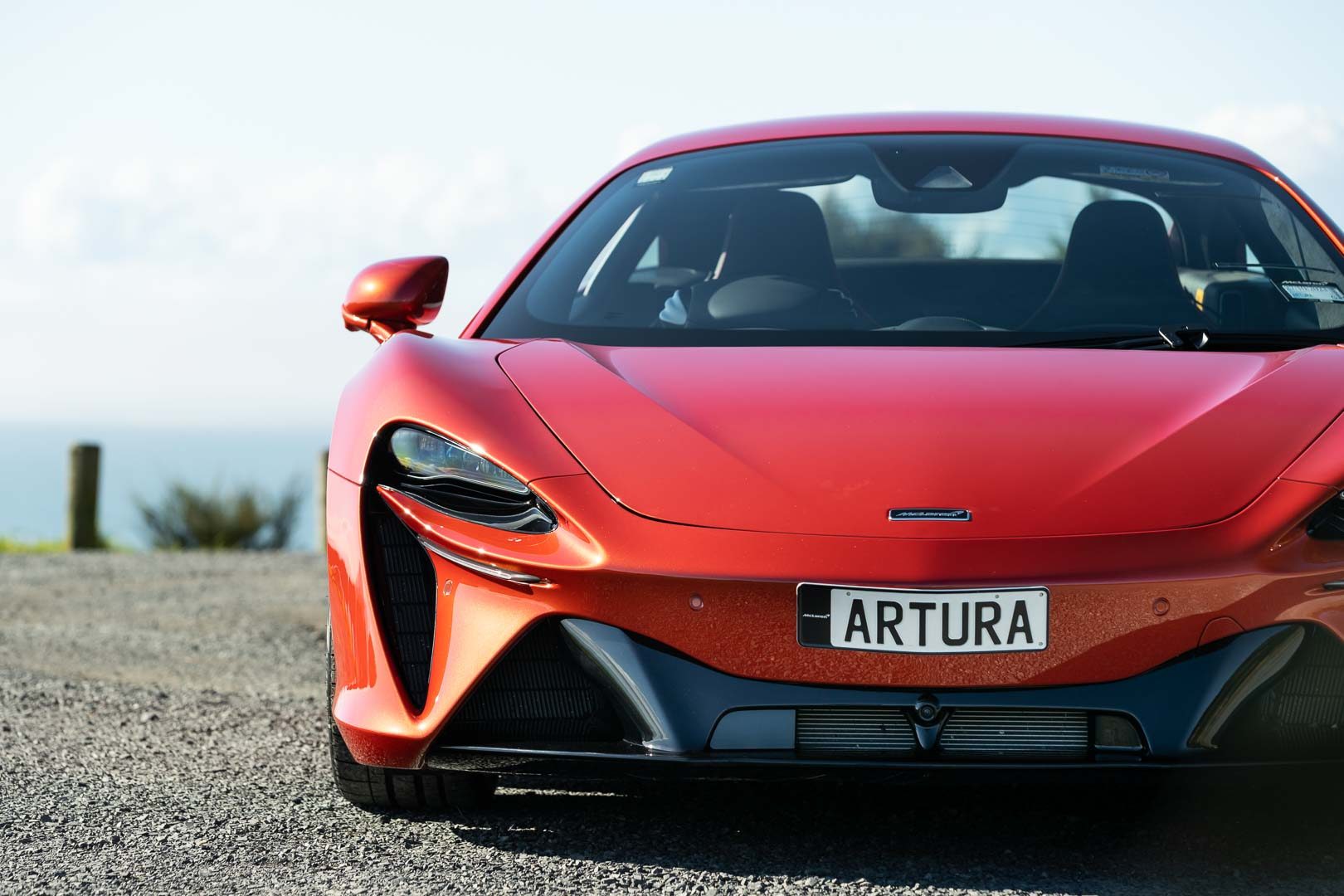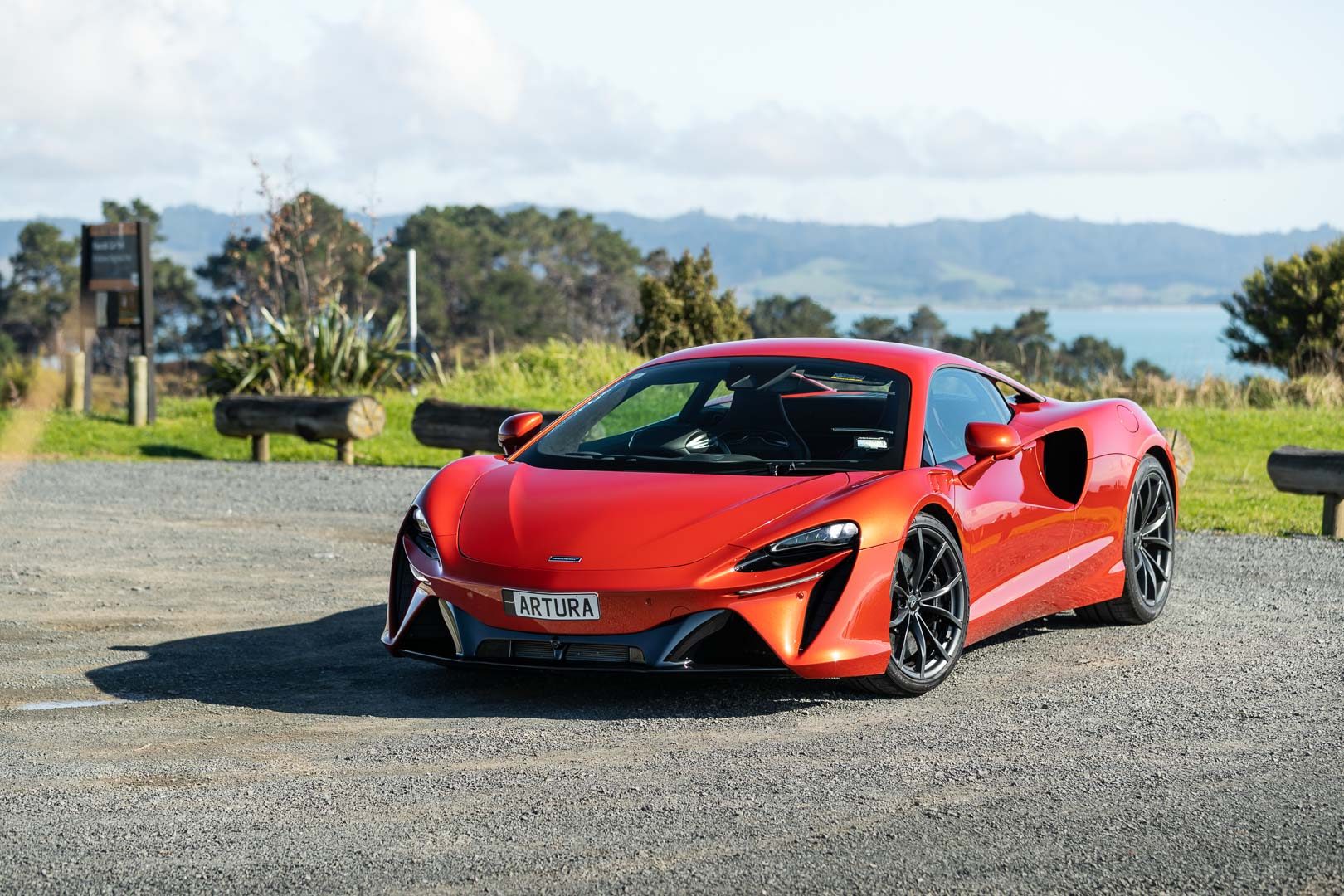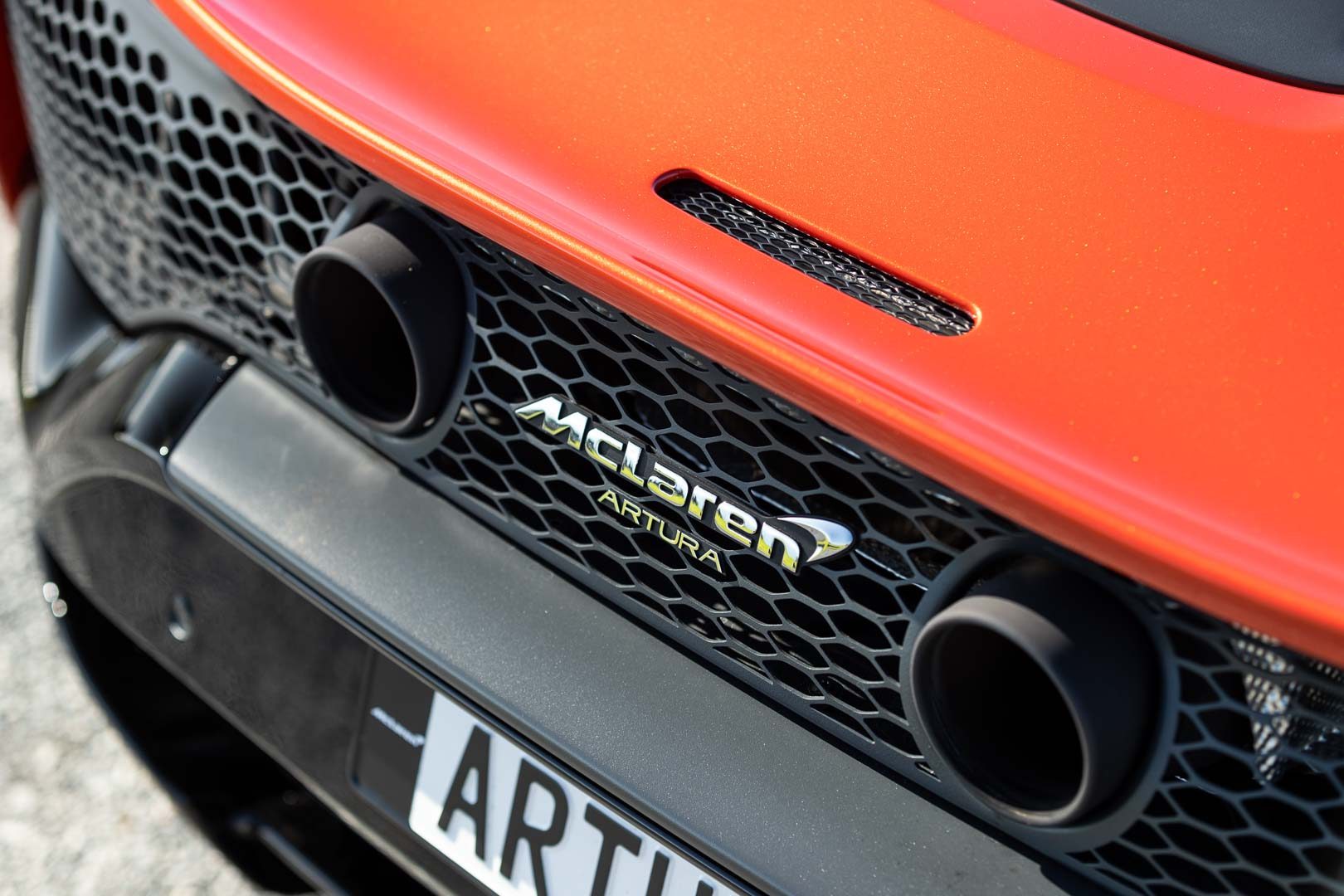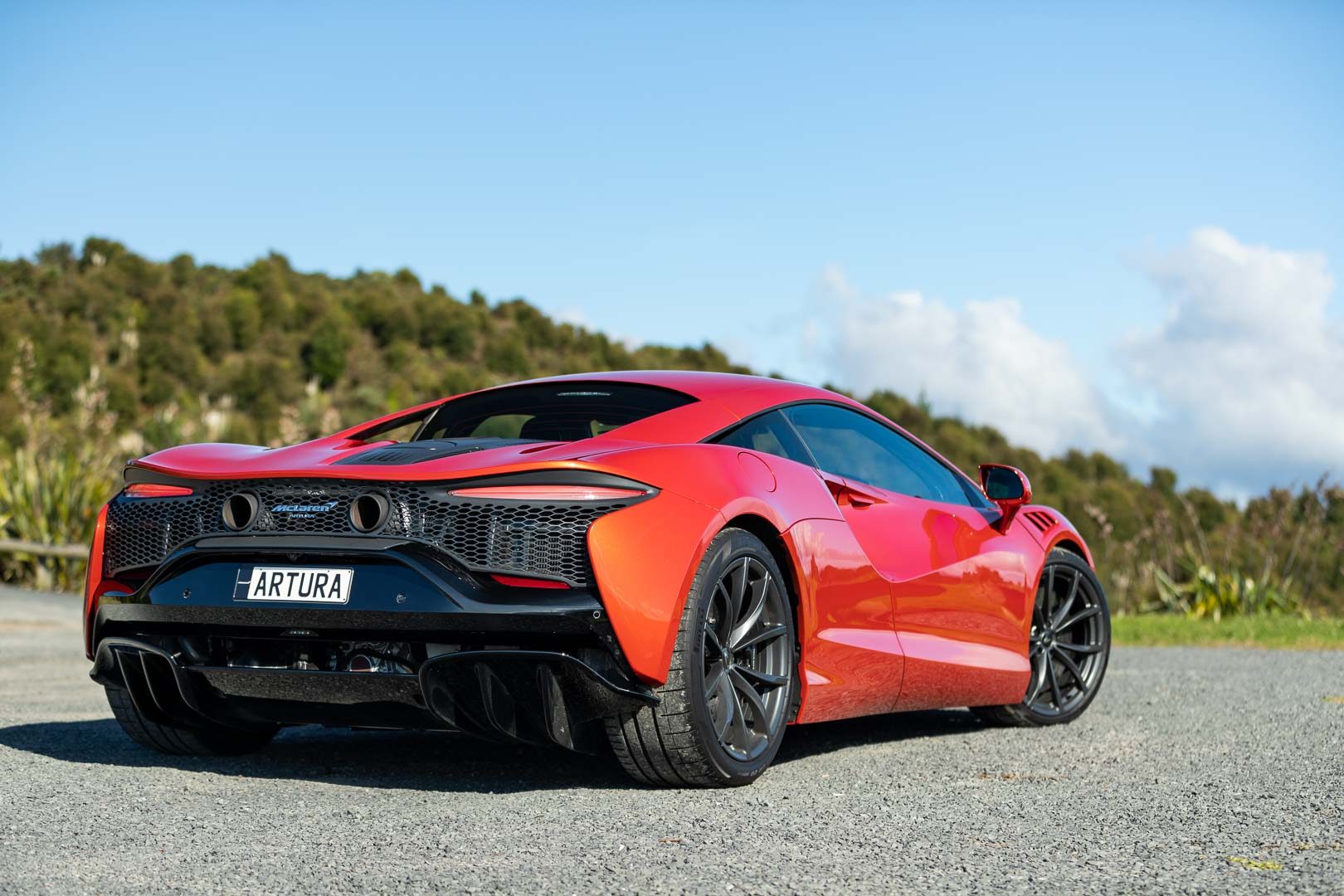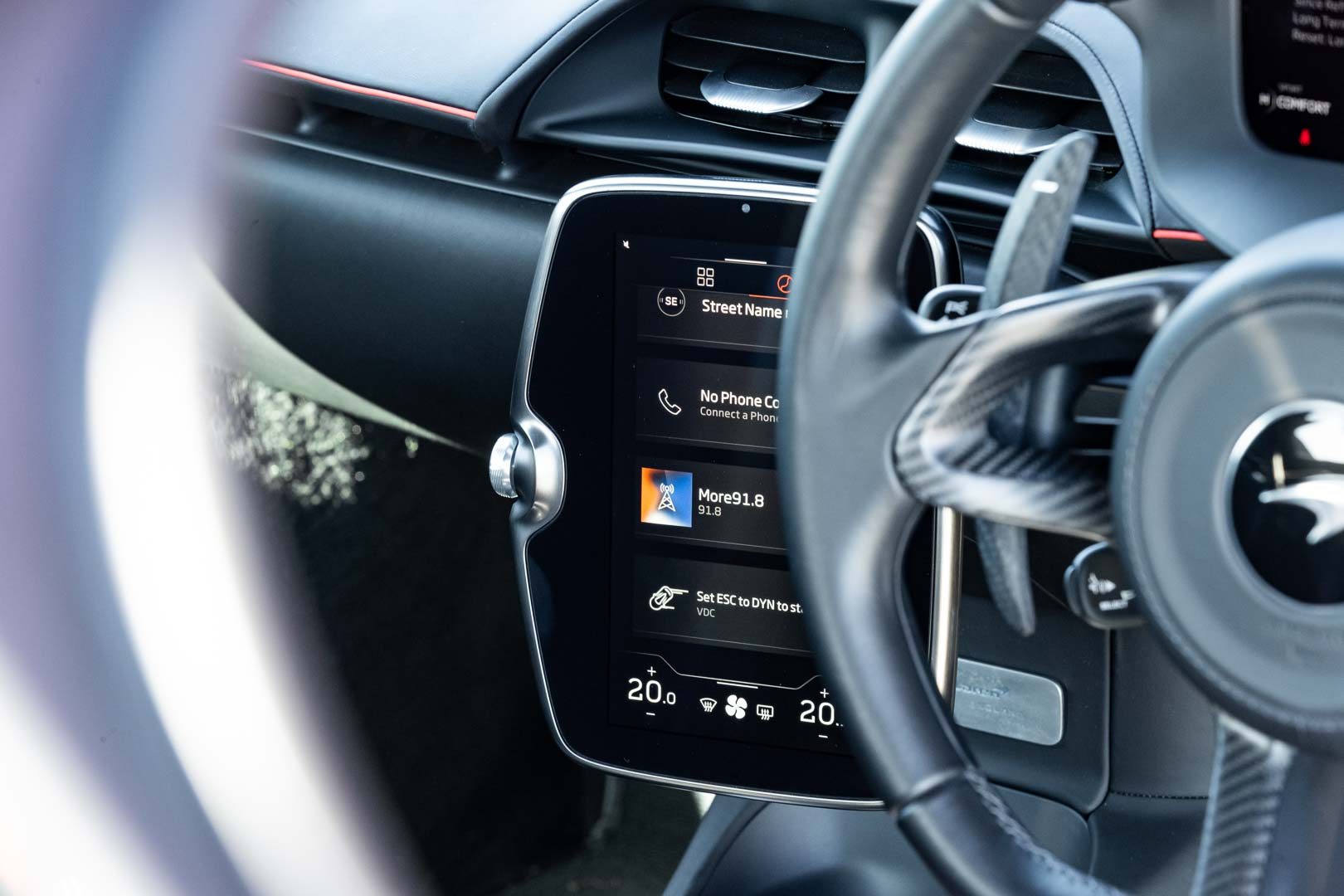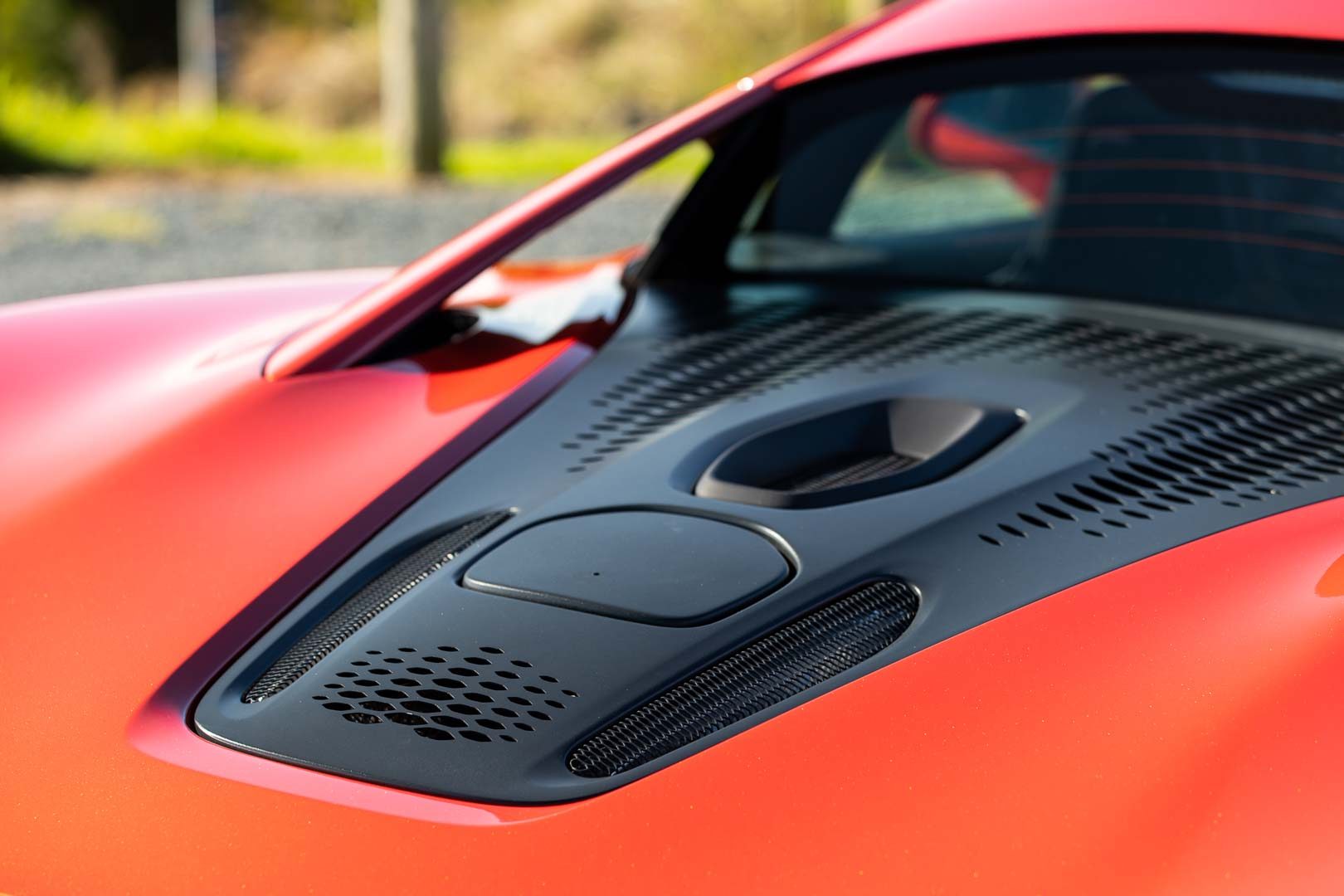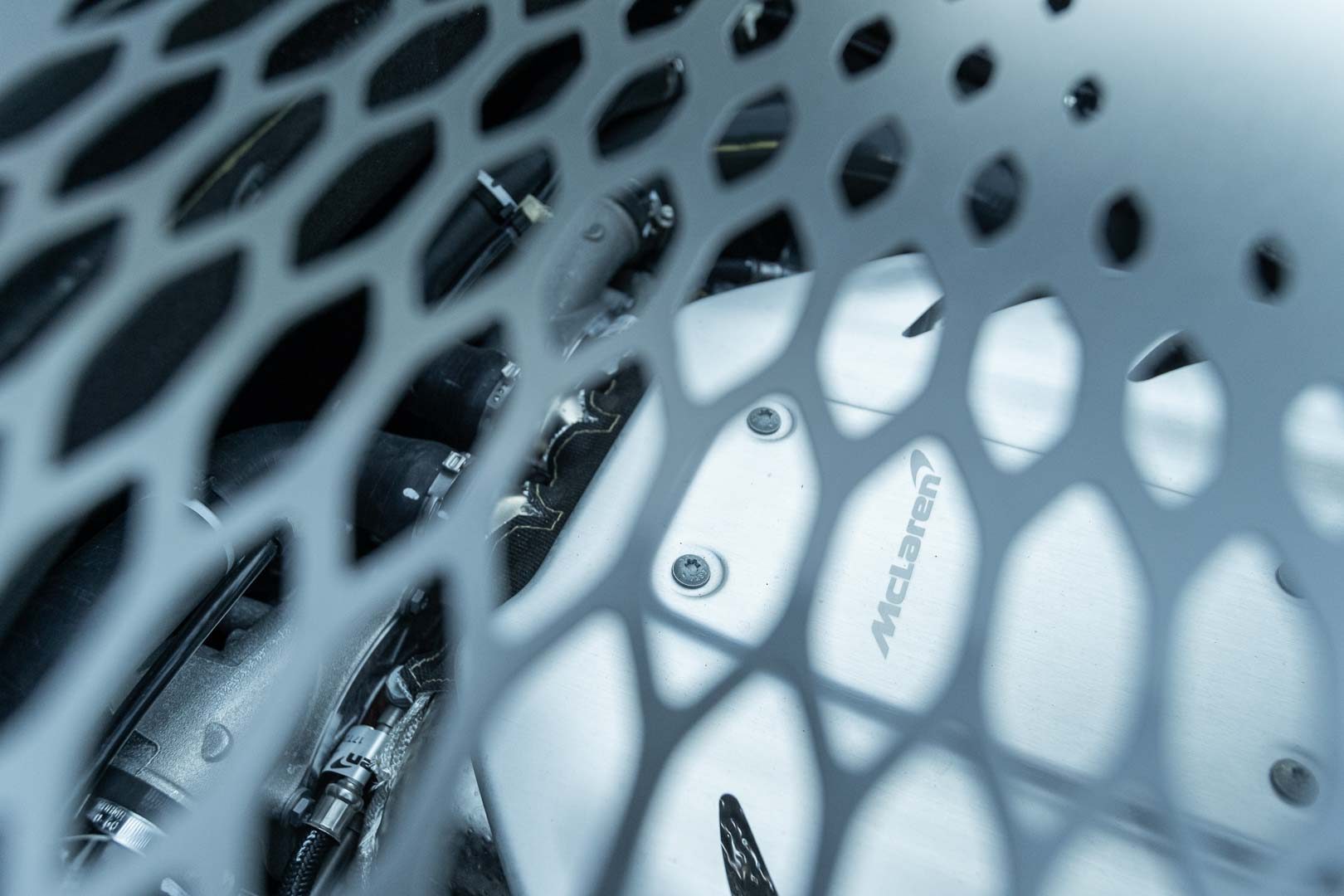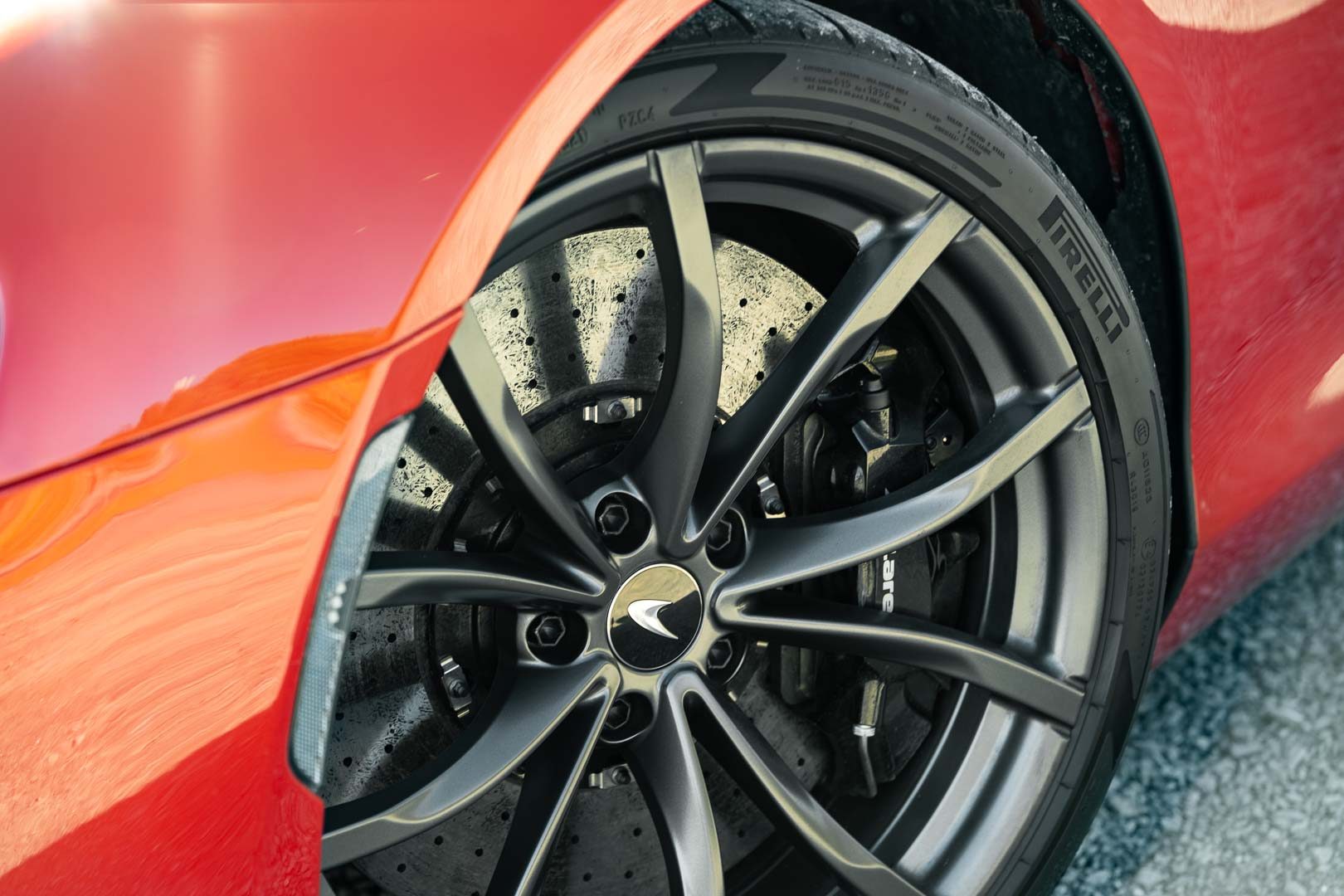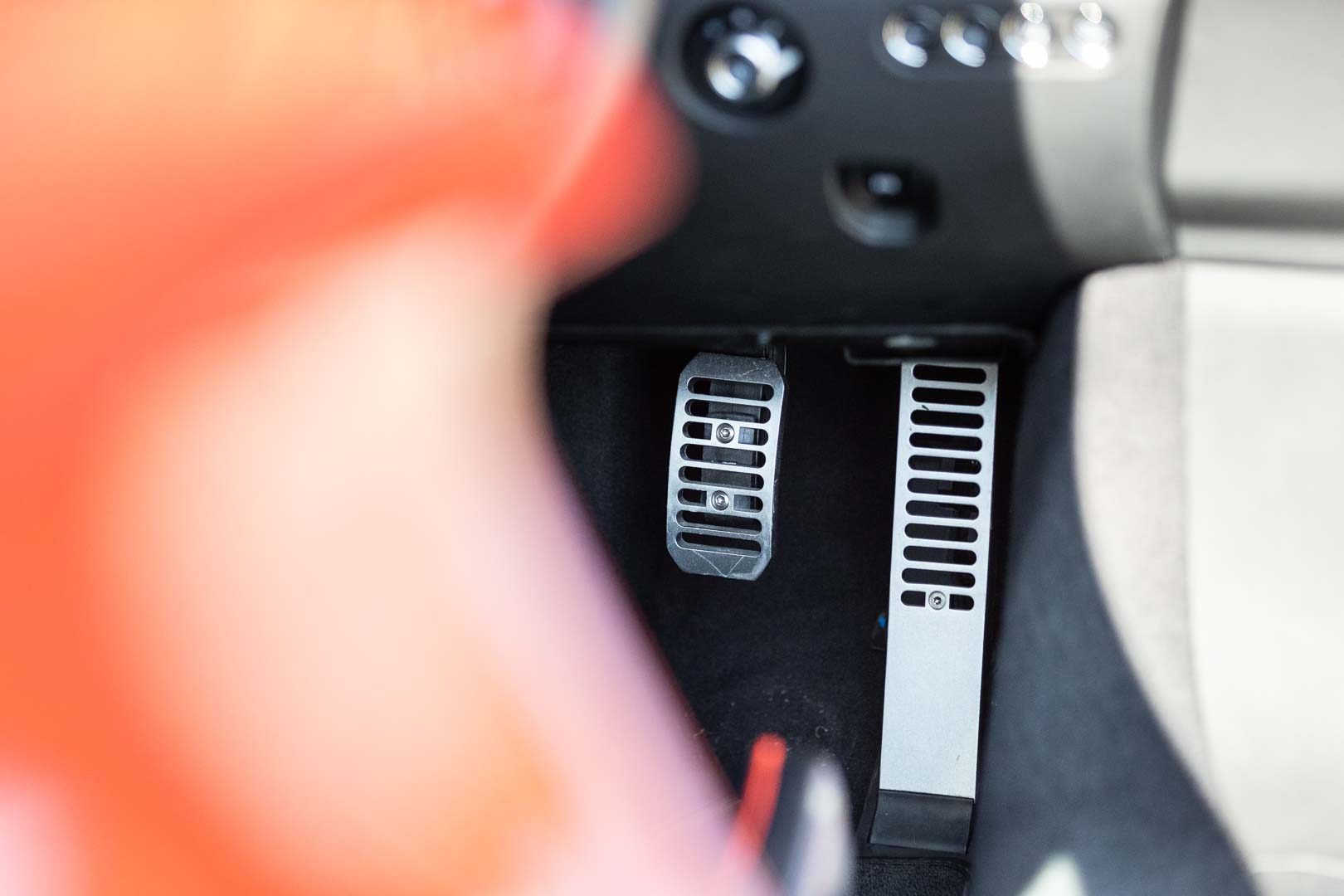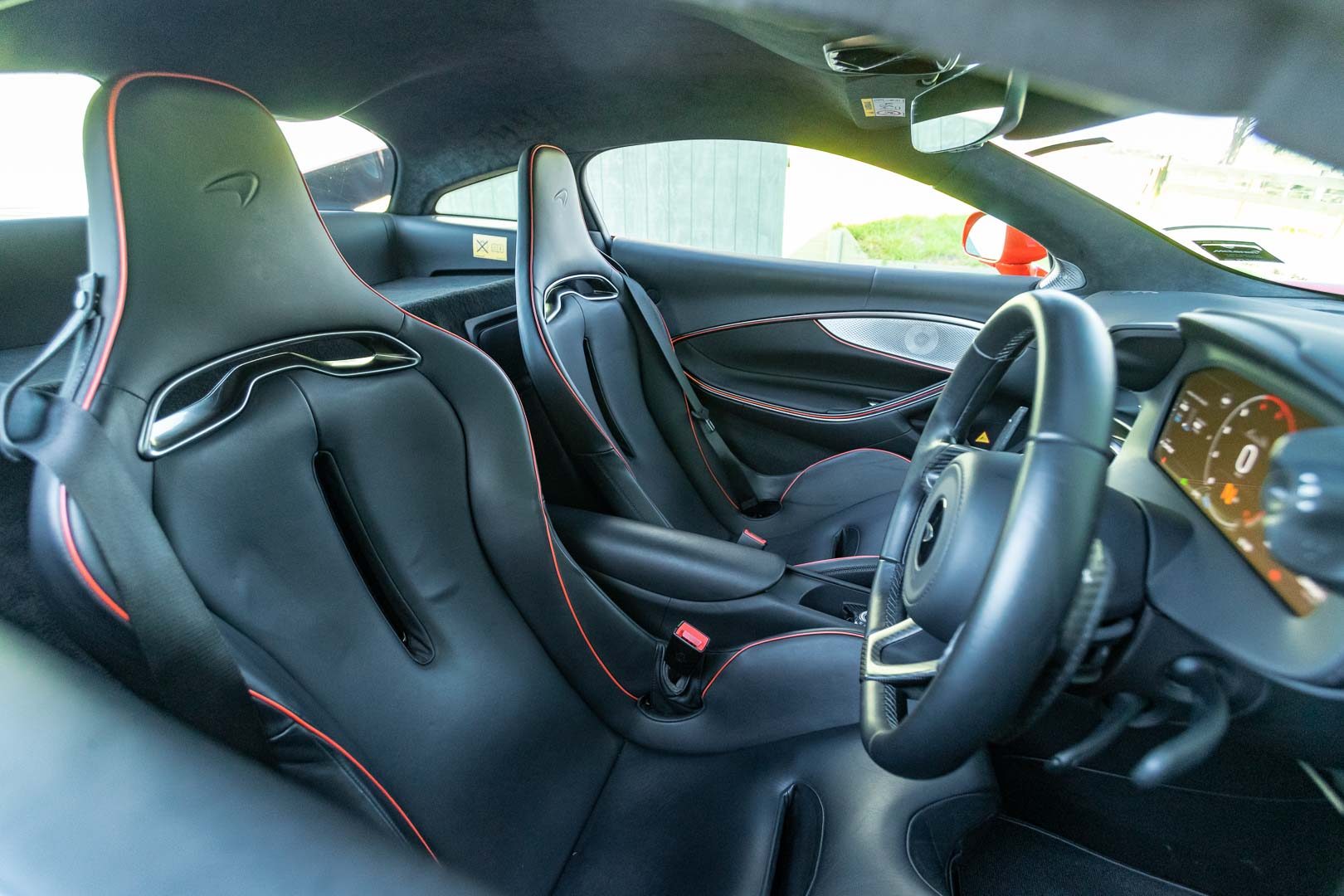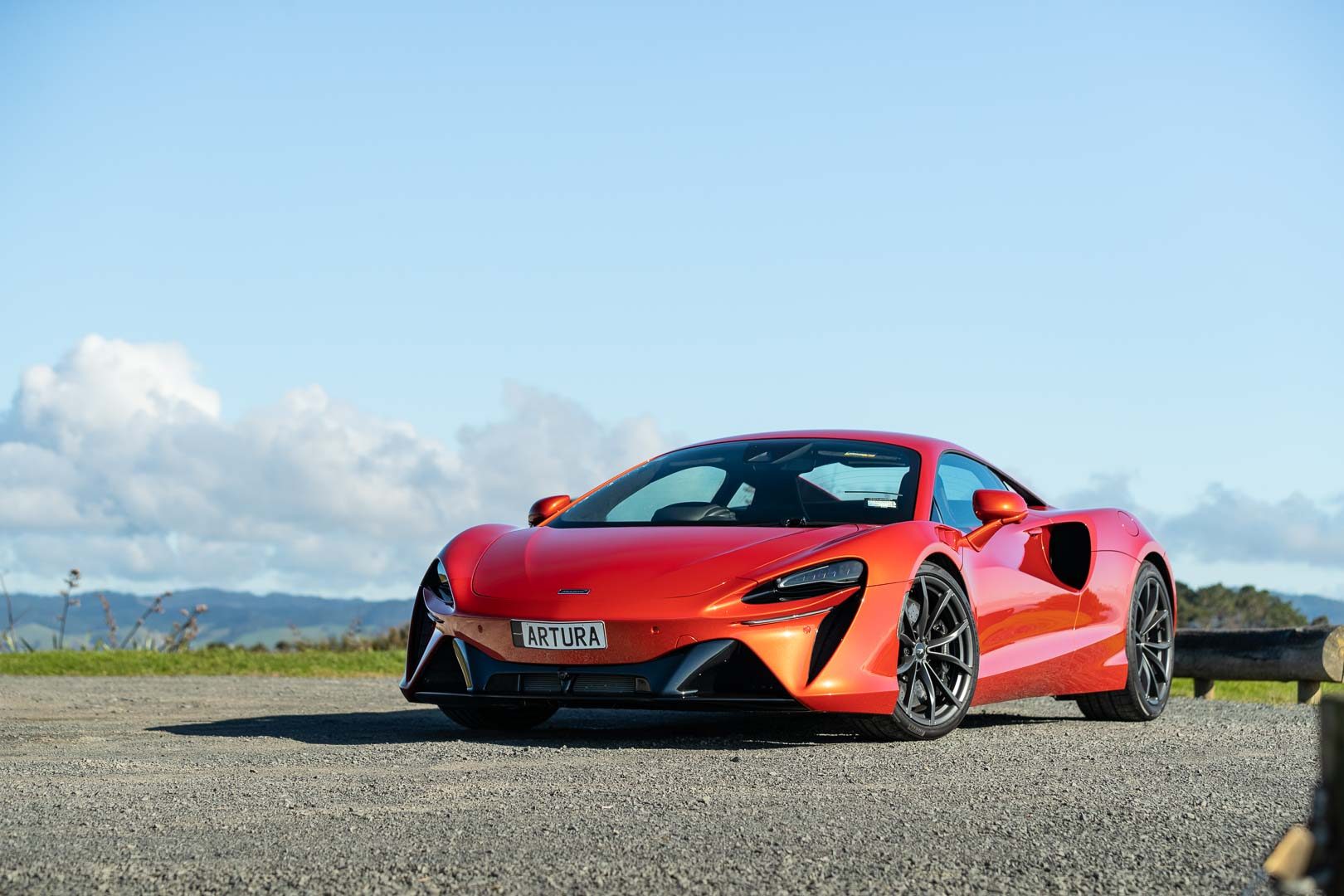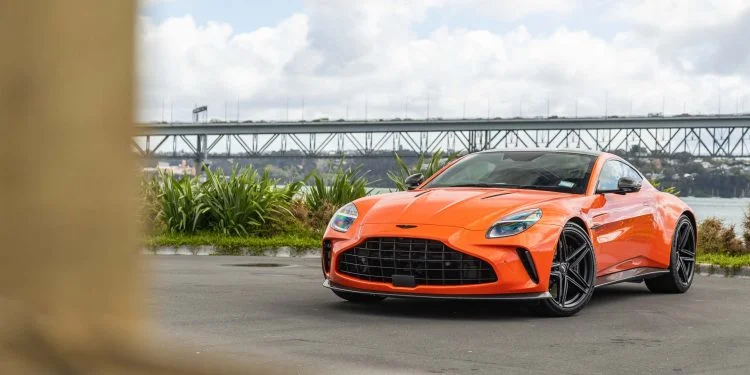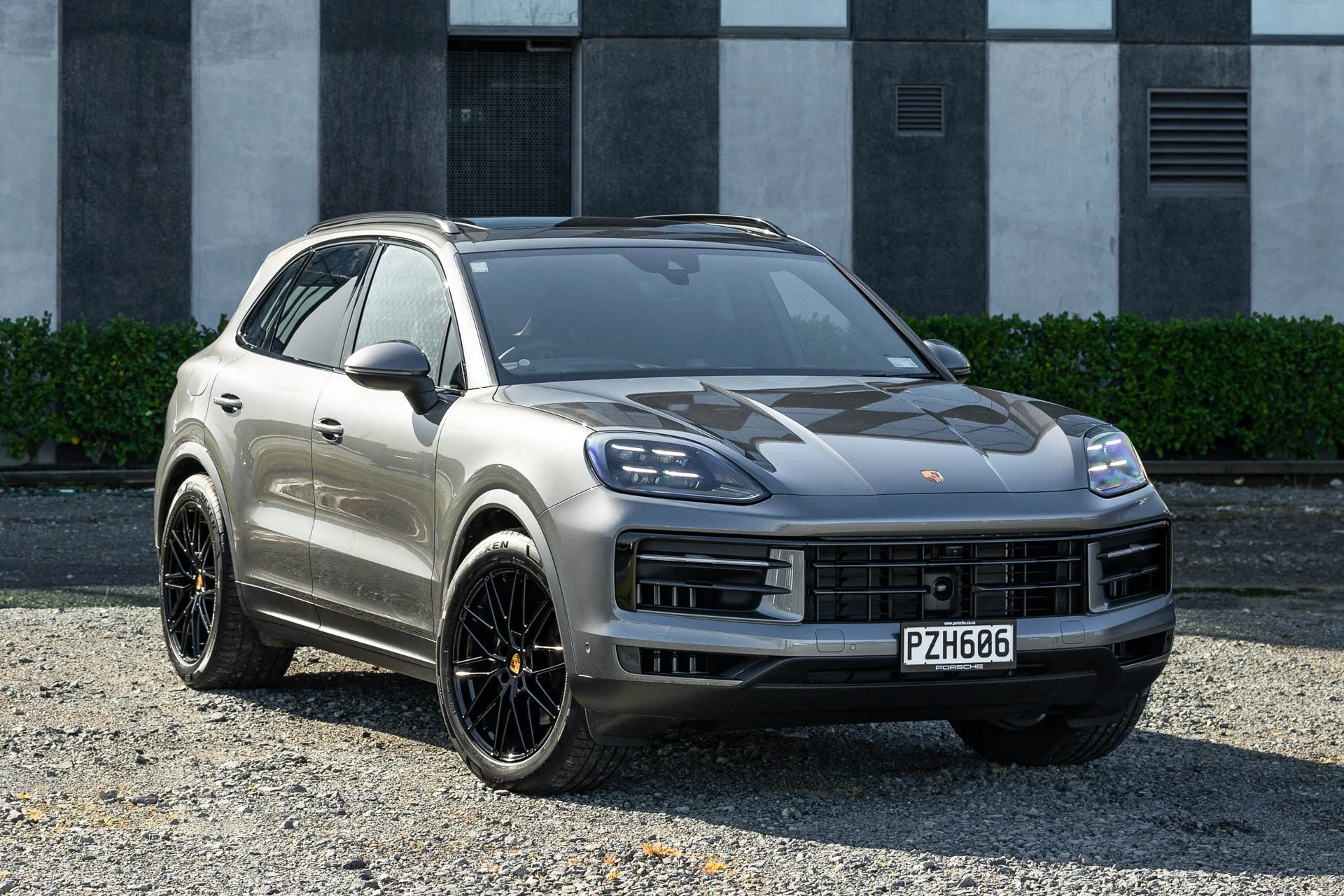2022 McLaren Artura review
McLaren has harnessed its hybrid technology to both save fuel and boost performance with the Artura.

There are hybrids galore available now. The technology is primarily used as a means to save fuel but it can also boost performance. McLaren has harnessed its ability to do both with the Artura. Is this the route to a (slightly) more sustainable supercar?
McLaren has been dabbling with hybrid tech for years, its almighty P1 being an early example. But things sure have changed in the intervening decade.
Its new Artura, joining part of the brand’s Supercar line-up, is what we’d term a new-age performance weapon.
McLaren has embraced electrification to skirt around emissions laws and still deliver scintillating performance.
That’s because the Artura, essentially an all-new model (chassis, engine, transmission, electrical architecture) is a plug-in hybrid, capable of running around town without using a drop of fuel or emitting any gases.
And with consumption rated at 5.1L/100km (WLTP figures via Rightcar), it means that buyers of the Artura escape any Clean Car fees.
Buyers of other machines with such power and performance will be donating $6900 to the cause.
While the fee isn’t much in the scheme of a $419,000 supercar, recent IRD research confirms certain types prefer to give taxation, of any form, a swerve where they can.
As with any plug-in hybrid, the actual fuel use can vary wildly, ranging anywhere from 0-29L/100km (we saw both figures on the trip computer), depending on what you get up to.
We used bugger all gas after picking the car up from McLaren Auckland and tooling around the suburbs to check out the electric mode. Bystanders are impressed by the arresting looks of the new Artura but seem perplexed as this road racer cruises by without making a sound.
Usually these types make a right cacophony as it’s not enough to merely be seen. Picking the boy up from football training, he wanted an engine-on exit from the car park – ‘Let them hear it Dad’…boys, toys etc.
Electric drive?
The electrics will give you up to 31km of emissions-free driving (more like 25, give or take), and the small 7.4kWh battery can be recharged relatively quickly via the mains within a few hours.
The hybrid components bless this bristling Brit with a welcome degree of low-speed refinement.
We like how it creeps around easily in electric mode; it’s far easier to manoeuvre about in tight spots and on inclines than the supercar norm. And it mooches along more happily on a clogged motorway.
It’s also pretty zippy in its electric mode, despite the modest outputs of its motor (a ‘compact axial flux E-motor’ located in the transmission bell housing) which puts 70kW and 225Nm through the new eight-speed twin-clutch.
With the help of the gears, it gets along just fine, up to motorway speeds easily too. It’s whiny, the box that is, but satisfyingly so if you’re mechanically minded.
There is no brake regen here; McLaren didn’t want that sullying the pedal feel but you can set the engine to a charge mode should you require some battery power at a later point in your travels.
The new twin-clutch is lighter and more compact than the firm’s seven-speeder, and goes without a reverse gear. Instead, they use the electric motor for that job.
The battery, ‘bolted onto the rear base of the monocoque, optimising stiffness, weight distribution and crash protection’ will never discharge fully and the electrics also turn the new V6 over.
Along with Track and Sport, there are Electric and Comfort drive modes, and when in the latter it’ll fire the engine when you add more throttle.
The initial transition from electric to engine mode doesn’t deliver an immediate burst of power but give it a moment, press the throttle down harder and then crikey!
It’s a V6 but that’s okay
The V6 is another all-new component, with a wide angle to allow the twin turbos to nest in the vee. The six is shorter and 50kg lighter than the firm’s V8, allowing for better packaging of the electric components (all up, the hybrid bits add 130kg).
On its own, the V6 makes 430kW at 7500rpm and 585Nm from 2250-7000rpm while the amalgamated output of this hybrid is stated at 500kW and 720Nm.
When they do combine, the main benefit of the motor is its instant torque which helps quicken the throttle response and all but eliminates turbo lag.
And the hit feels like it’s coming from some 10-litre monster, not a mere 3.0-litre V6. But capacity is nothing these days, it’s all about the tech.
This feels mighty quick, the stats reading 0-100km/h in three seconds, with 0-200km/h taking 8.3. While we didn’t have our timing gear on the day, it sure feels rapid. Launch control is initiated easily and it hooks up fine.
The dynamic controllers have it powering on as it deftly manages the traction limitations of the rear 295/35s.
You’d be hard pressed to pick exactly what kind of engine this has from the sound it generates. While it’ll never be confused for a thumping V8, it sounds kind of like an angry superbike as it spins to nearly 8500rpm.
It’s unique and loud. It’s the dominant source of noise on the move thankfully, the tyres more interested in sticking than screaming on local roads.
Must be Pirelli’s noise management tech (‘uses a sound absorbing device on the inside wall of the tyre to reduce vibration and noise’).
New carbon bones
McLaren has done a good job of stretching the life of its original carbon fibre tub, updated and modified over the years but the Artura is riding on an all-new carbon creation, lighter and stiffer etc.
McLaren’s usual obsession with weight was crucial here, given the benefits of electrification come with a heavy tradeoff. All up, Artura is said to weigh just under 1500kg.
There are a few new components but some traditions remain, like the hydraulically-assisted steering for ‘ultimate feedback’. And boy, does this thing steer.
There’s some kickback over the bumpy stuff but the assistance is sorted and the feel is as good as it gets for modern stuff.
Plus it’s quick; you just flick your wrists through the winding sections and it glides from entry to apex to exit; entry, apex, exit, repeat.
Made for bends
McLaren’s Proactive Damping Control system has been updated and, as the name suggests, the continuously variable twin-valve hydraulic dampers are said to predict the road surface rather than react to it thanks to all the data from the various sensors.
This rides well enough, with decent travel, though it’s just a tad stiff in Sport. Comfort is less jarring and no less capable.
It can be tempted to follow the contours of the road but you can steer it straight without having to wrestle with it.
The Artura has a new rear suspension set-up with an upper wishbone and two lower links, the design said to stiffen the toe and camber geometry for better rear stability. And that in turn helps reduce understeer.
This is the first McLaren with an E diff lock to improve traction off the bend (and help eliminate power-on understeer associated with a mechanical locking set-up).
All these elements gel sweetly in the bends. This has bags of grip, the front end bite quite phenomenal considering its relatively modest 235/35R19 tyres.
And you always know how they are feeling thanks to that sensitive steering. It has serious drive off the turns too – you can get into the throttle early and know the exit isn’t going to be unruly.
It’s wild though, the sheer thrust off the bend is impressive as the traction is good, yet it doesn’t force the front end wide. And don’t forget the response of the V6 and the pull from just about any engine speed.
It’s serious stuff, as are the brakes. This has carbon ceramic discs measuring 390mm at the front and 380mm at the rear.
The pedal needs a decent squeeze to get them working but then they bite and the car hauls up straight and utterly stable so you’re set up perfectly for the turn.
Entry, apex, exit and you’re gone. It’s desperately hard to keep it leashed however; scheduling some track days will be key to really enjoying this.
Anything else?
It’s still a supercar at its core. The steering is relatively heavy at slower speeds and the turning circle is large.
Option the surround camera or you’ll be guessing otherwise, and the front lifter gives it the necessary clearance for driveways/speedbumps.
The new electrical architecture supports more active safety features (optional) including active cruise.
Its low-speed ride is firm but never abrasive, while you have to keep a decent pressure on the brake pedal to prevent it from creeping forward when stopped.
And it’s still not the easiest thing to get in and out of, although the seat bolsters are minimal, and the sills of the tub are hardly imposing.
The driving position is sorted, even if the seat adjustment is fairly limited (though there’s a good range of movement at the wheel, powered too).
Speaking of the helm, it is still devoid of buttons but flicking between the drive and handling modes is made easy with toggle switches located on the top of the instrument panel, comfortably within finger reach.
The wand thingee used to manipulate some of the minor functions is fiddly to use, however, but the wee touchscreen for the infotainment works well.
The solution then?
The hybrid bits help reduce emissions and make this Artura easier to drive day-to-day, while also enhancing its ability to deliver visceral, fearsome performance and utterly engaging dynamics.
Let’s hope it lives to see another generation of development.
2993cc, V6, T, DI | |
| Power | 430kW @ 7500rpm |
| Torque | 585Nm @ 2250-7000rpm |
| Total Hybrid Output | 500kW/720Nm |
| Battery | 7.3kWh |
| Drivetrain | 8-speed twin-clutch, RWD |
| Fuel Use | 5.7L/100km |
| C02 Output | 129g/km |
| 0-100km/h | 3.0 sec (claimed) |
| Tyre Size | f-235/35/R19, r-295/35/R20 |
| Fuel Capacity | 66L |
| Stability systems | ABS, ESP, TV |
| Safety | AEB, ACC, BSM, AHB |
| Luggage Capacity | f-150L |
| Tow rating | Not rated to tow |
| Service intervals | 12 months/15,000km |
| Warranty | 5 years/75,000km |
| ANCAP rating | Not yet rated |
| Weight | 1498kg |
This article was originally published on autocar.co.nz
Also consider

